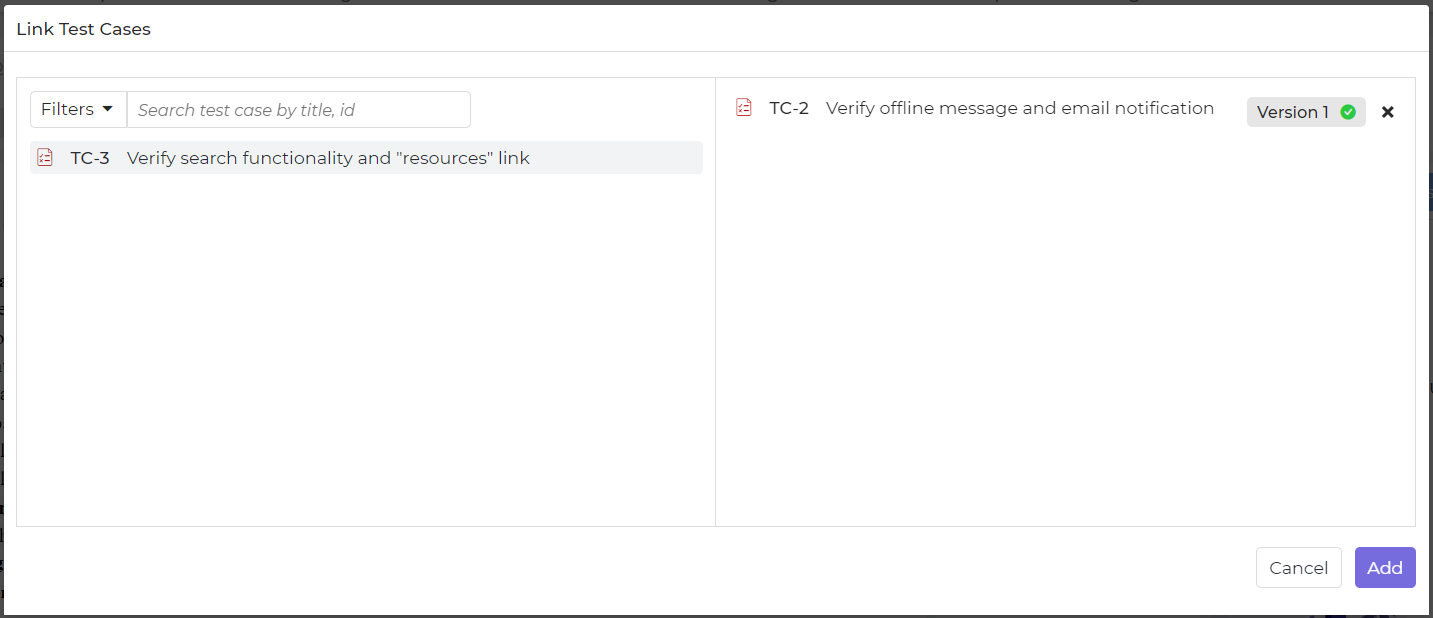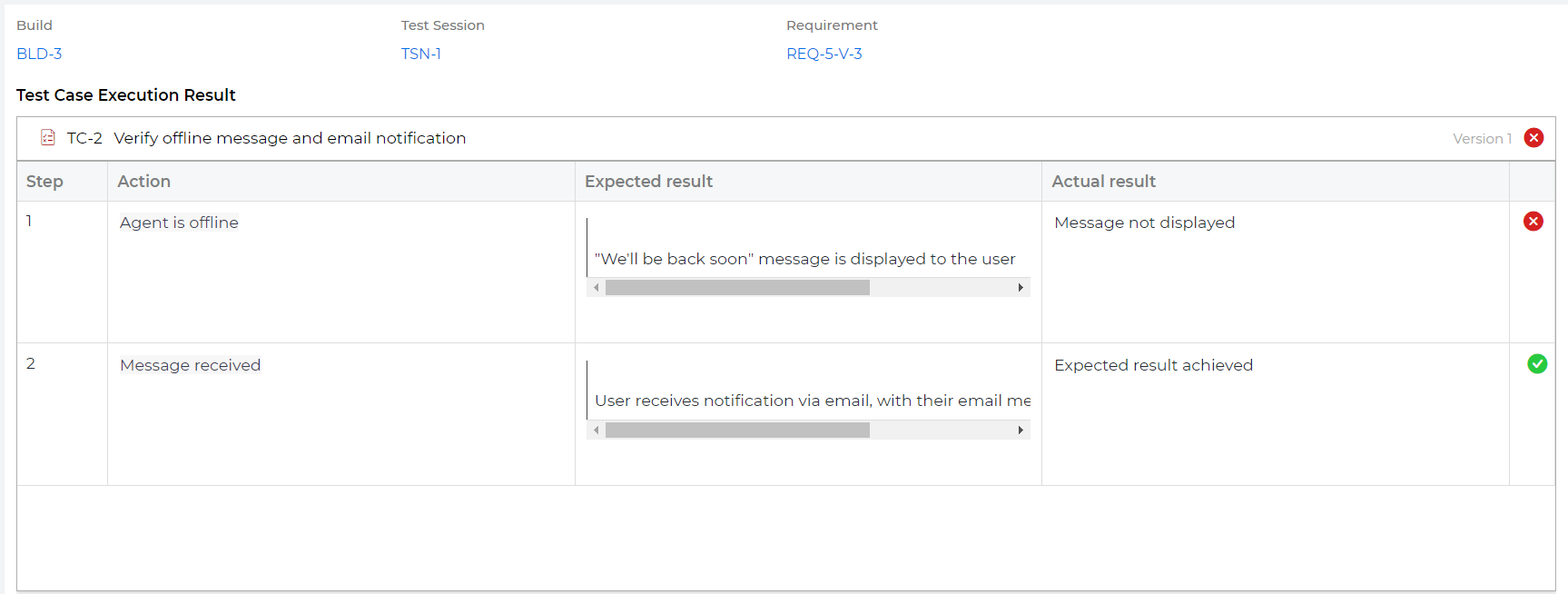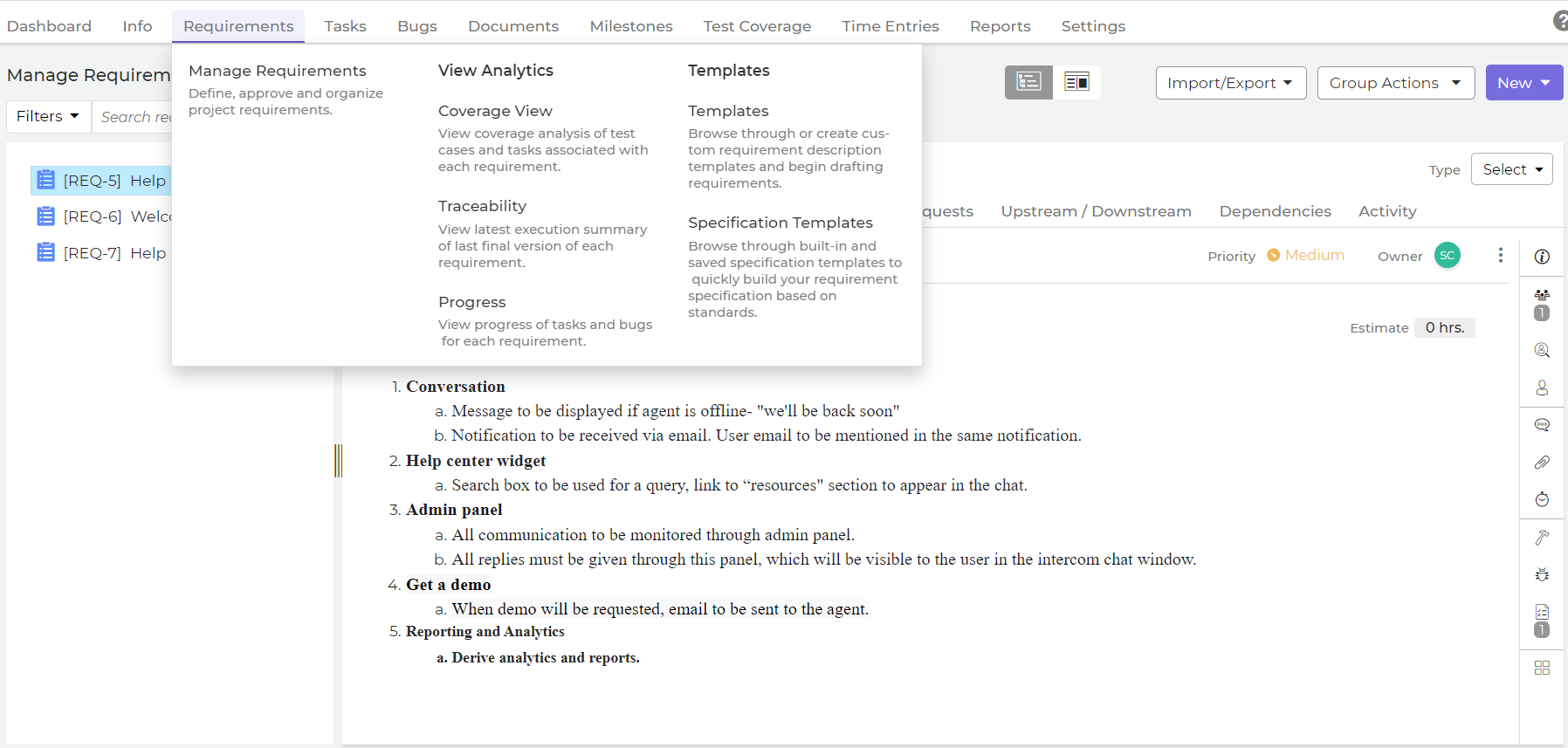How to Manage Requirements Traceability?
Managing requirements traceability can be a challenging task, especially for large-scale projects that involve numerous stakeholders and evolving requirements. However, with the right approach and tool like Xebrio, you can streamline your traceability management process and ensure that your project meets its goals and objectives. Some of the best practices for managing requirements traceability include:
What is Traceability in Requirements Management?
Traceability in requirements management refers to the ability to trace the relationships between requirements and other project artifacts throughout the project lifecycle. This includes the ability to track changes, dependencies, and impact analysis. By establishing traceability, you can ensure that requirements are effectively implemented and tested, and that changes to requirements are managed appropriately.
Why is Traceability Important?
Traceability is essential for effective requirements management because it ensures that all project stakeholders have a clear understanding of the requirements, their relationships, and the impact of changes. By establishing traceability, you can-
-
Increase project transparency:
Traceability provides visibility into the relationships between requirements, design, testing, and other project artifacts, promoting transparency and collaboration among project stakeholders.
-
Improve requirements quality:
Traceability can help identify gaps, inconsistencies, and errors in requirements, leading to improved requirements quality and a higher likelihood of project success.
-
Mitigate project risks:
By identifying dependencies and potential impact of changes, traceability can help mitigate project risks and minimize the impact of project issues.
What are the Best Practices One Should Follow with Requirements Traceability?
The best practices for requirements traceability include:
-
Defining clear requirements:
Clear, concise, and measurable requirements are essential for effective traceability.
-
Establishing traceability early:
Begin tracing requirements as soon as possible in the project lifecycle to avoid costly changes and rework later.
-
Using a traceability matrix:
Use a traceability matrix to map requirements to other project artifacts, such as design, testing, and defects.
-
Tracking changes:
Keep track of changes to requirements and other project artifacts to maintain traceability and ensure that all stakeholders are aware of the changes.
-
Implementing a requirements management tool:
A requirements management tool can simplify traceability management by providing a centralized platform to capture and track requirements, as well as other project artifacts such as test cases, defects, and change requests.
By following these best practices, you can effectively manage requirements traceability and improve the overall success of your project.
With Xebrio’s requirements traceability, one can:
- Link requirements throughout project lifecycle
- Trace goals as per the completeness of requirements
- Analyze impacts of requirements changes and improve risk management
- Helps avoid quality and acceptance problems
Here are the steps to manage requirements traceability with Xebrio:


- Click the button on the bottom right corner to add new test cases or link existing ones. Mark them as final before you start the test session.

- Add your test cases.

- Start your testing activity. Pass the test cases that yield the expected results and fail the test cases that don’t. A bug will be raised against the failed test cases.

- Mark the test session as final.

- Hover over the requirements tab and click on traceability.

- In this traceability tab, you will see the entire requirements traceability matrix.
Conclusion
Managing requirements traceability is crucial for project success. By establishing traceability, project managers ensure that requirements are effectively implemented and changes are managed. Best practices include defining clear requirements, establishing traceability early, using a traceability matrix, tracking changes, and implementing a requirements management tool. Xebrio is a tool that simplifies traceability management by providing a centralized platform to capture and track requirements and other project artifacts. With Xebrio, project managers can link requirements throughout the project lifecycle, analyze impacts of requirement changes, improve risk management, and avoid quality and acceptance problems.






0 Comments